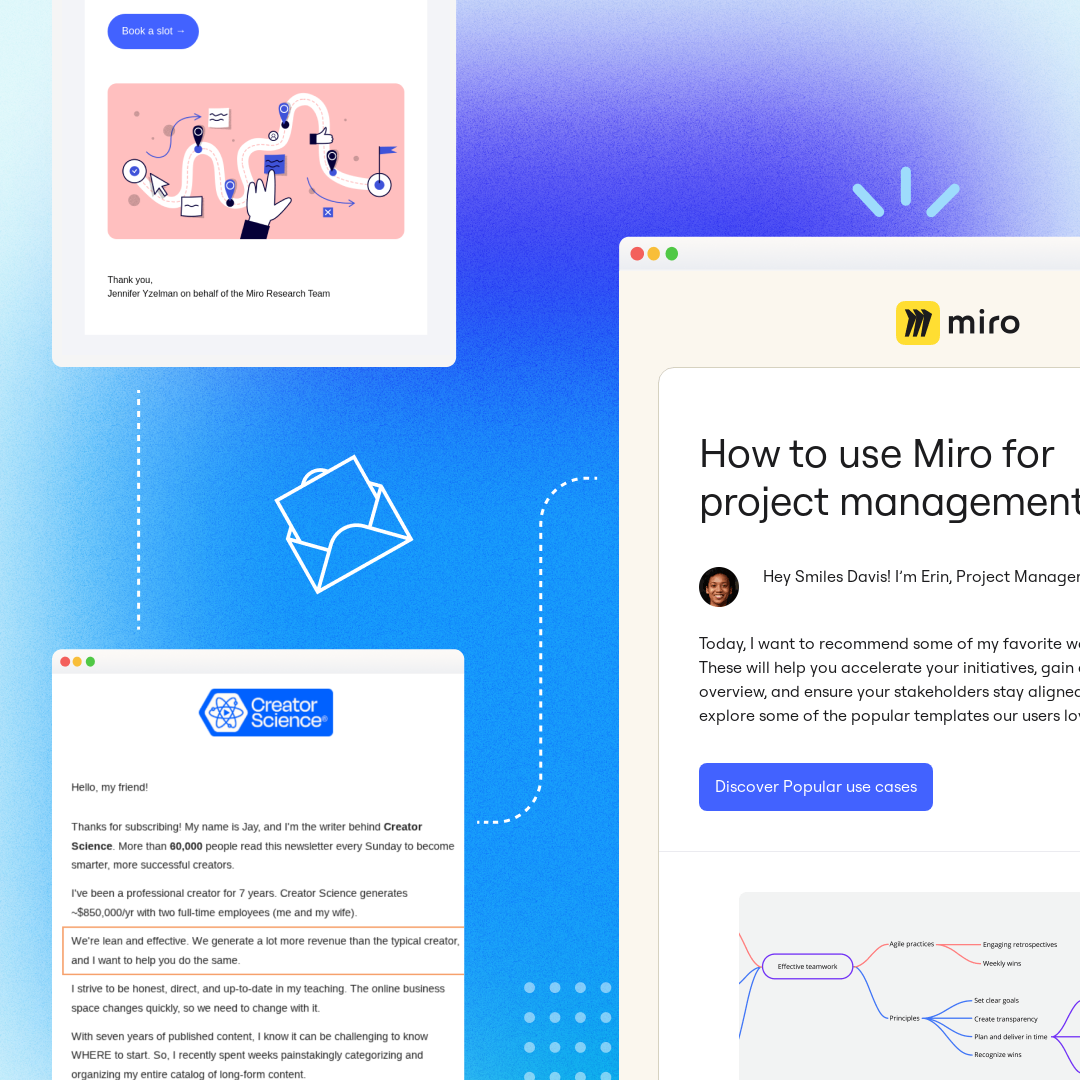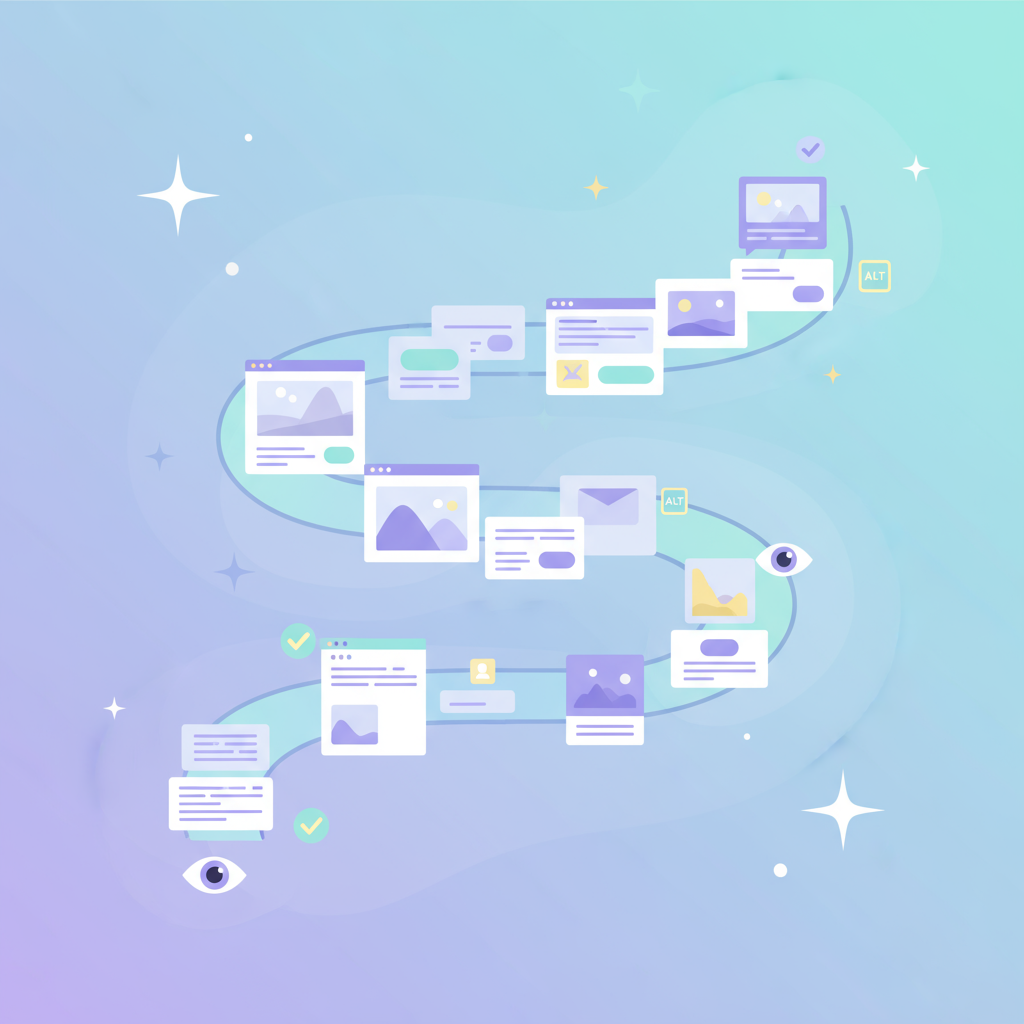
Want to know which email campaigns catch your readers' eyes? Try this easy solution: A/B testing.A/B testing compares two versions of the same thing (subject headlines, email design layouts, CTA buttons, etc.) until you narrow down results for comparison. Not surprisingly, the data that results from the A/B testing is powerful, from open rates to click-through rates to conversions, and reveals howyour audience responds to changing variables. It's a great testing and optimization method to understand your audience's reaction to changes in calls-to-action, layout, and background color.Today, we'll be using Beefree to walk you through how to conduct A/B testing on your email design. If you're not already using Beefree, sign-up for our free plan!
How to decide what to test
Before designing your A/B campaign, determine what you want to test. To start, choose just one variable so your results are clear. Here are some examples of commonly tested variables:Design
- CTA size and style. Full-width button or smaller? Green or red? Tall or short?
- Layout. Single column or multiple?
- Color scheme. White or gray background? Blue or green header text?
- Image size or variety. Two product images or four? Still image or animated GIF?
- Information amount. Include secondary content or not? Social media buttons or not? Nav menu or not?
- Information placement. Social buttons at the top or bottom? CTA button mid-way through or at the end?
Content and Time
- From line. Your business name or the name of an individual?
- Subject line. Shorter or longer? Emoji or no emoji? Include "" language or not?
- CTA language. "Claim your ebook now" or "Claim your free ebook"?
- Body text. "Pushy" language or more subtle? Six sentences or three?
- Send time. Will there be more opens at 8:00 AM or at 4:00 PM?
Best practices for A/B testing
As you prepare your campaign, do your research and be sure to follow some best practices, including:
- Determine your success metric first. Open rates will make sense if you're testing subject lines; click-through or conversion rates for design changes. Know what you're evaluating in advance.
- Test only one thing at a time. If you change more than one variable, you won't be able to tell what caused the change in response.
- Test a big sample size. Understand how many responses you need to show statistical significance.
- Send A and B versions at the same time. Time is a variable, so be consistent by having both campaigns be sent at the same time (to different groups)—unless send time IS your variable.
Today's Workshop: How to A/B test email design changes
Let's walk through how to A/B testing related to design by using this email example fromVerywell, a site that provides health advice and resources.

A/B Design Test 1: CTA button
Verywell'scurrent version of the email has no call-to-action button. What if we added one in the first module to see how it changed the click-through rate?For the "A" version: Let's first recreate the Verywell email as-is in the Beefree editor. Using the drag-and-drop functionality, the basic email outline from the Structure menu can be pulled, followed by the appropriate content blocks and content. Here's the first half of the email, i.e. our part "A" of the test:

For the"B" version,simply drag a CTA from the Content menu and format it.We chose a button that matches the header color, is nearly the width of the email, and uses some urgency in the text, "Check out the recipe now." So will this CTA increase clicks? Well, we'll just need to send our A/B test emails to find out!

Just a note: In Beefree, it's easy to save your email and edit it later. Look for the blue "Save Message" button in the upper right corner. This way, you can create one version—like your "A" version—and save it to edit later.

But the important thing to know about A/B testing is: you can also copy an entire email in Beefree to make modifications to your "B" version and save it. Look for the "Create a copy" command in the "Edit Message" drop-down menu. Creating a copy means you won't have to start from scratch to create a second version.

A/B Design Test 2: Layout
Without multiple columns, but how would Verywell's email perform if a version included the first module as a single column?Instead of arranging the header text and image side-by-side, let's update the layoutso the image appears above the text.Using Beefree's drag-and-drop functionality, changing the layout is super simple. Starting with the "A" version, we'll drag in a single-column structure as a destination for our content:

Then, grab the existing header text, and drag it down:

Finally,grab the image and drag that underneath the text:

That's it! The text re-flows and image resizes, so our email is automatically formatted nicely. Now, we can delete the empty two-column structure, and the new email is ready to go:

A/B Design Test 3: Background color
Even thoughVerywell's email has a nice, clean look with an all-white background, how would readers react if the first module has a bight background color that matches the brand's teal color?To change the background color, let'sselect the top row, then navigate to the Structure menu and update Content background.

After that, let's update the text from black to white to make it readable, and our new module is ready to be tested:

Running any A/B tests? Go Pro!
It's easy to create different versions of an email and test which one performs best. Just remember to stick to one variable at a time in order to understand what your subscribers are reacting to at specific moments. Feel free to try our tips out and sign-up for our free plan!



